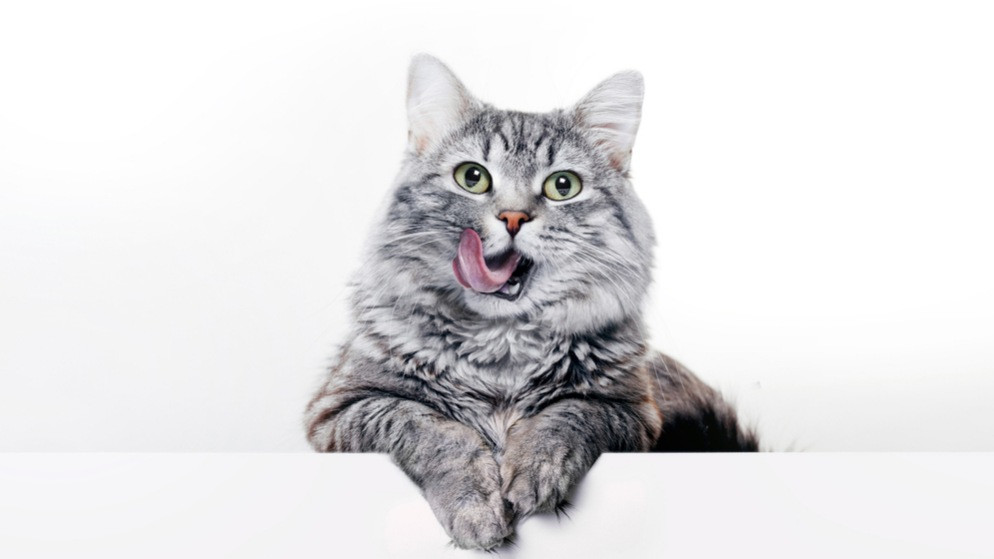Ever wondered how old your cat is in human years? It’s a common question for cat lovers! For a long time, a simple rule of thumb suggested that one cat year equals seven human years. While easy to remember, this “7-year rule” doesn’t quite capture the full picture of feline aging. Cats actually mature much faster in their early years than humans do. So, how do you really calculate your cat’s age in human terms?
Decoding Cat Years: It’s Not Just the 7-Year Rule
The old 7-year rule oversimplifies a cat’s aging process. In reality, cats experience rapid aging during their first two years. A one-year-old cat is closer to a 15-year-old human in terms of development. By the time your feline friend celebrates their second birthday, they are already around 24 in human years! After these initial rapid years, the aging process slows down a bit.
Cat Age Calculator: Unveiling Your Cat’s Human Age
To get a more accurate understanding of your cat’s age in human years, use our cat age calculator chart below. Keep in mind that while factors like breed and lifestyle can have slight influences, this chart provides a reliable general comparison.
Cat Years to Human Years Chart
| Cat Years (Cat’s age according to the calendar) |
Human Years (Cat’s age in equivalent human years, based on the stage of development/aging) |
|---|---|
| 1 year | 15 |
| 2 years | 24 |
| 3 years | 28 |
| 4 years | 32 |
| 5 years | 36 |
| 6 years | 40 |
| 7 years | 44 |
| 8 years | 48 |
| 9 years | 52 |
| 10 years | 56 |
| 11 years | 60 |
| 12 years | 64 |
| 13 years | 68 |
| 14 years | 72 |
| 15 years | 76 |
| 16 years | 80 |
| 17 years | 84 |
| 18 years | 88 |
| 19 years | 92 |
| 20 years | 96 |
| 21 years | 100 |
| 22 years | 104 |
| 23 years | 108 |
| 24 years | 112 |
| 25 years | 116 |
Estimating a Cat’s Age When You’re Not Sure
Sometimes, especially when adopting a cat or taking in a stray, you might not know their exact birthdate. Don’t worry, there are clues you can look for to estimate their age range. While these are general guidelines and individual cats can vary, they can be helpful in approximating your feline’s age. For a precise assessment, always consult with your veterinarian.
 grey cat licking his lips
grey cat licking his lips
Figuring out a stray cat’s age can be tricky, but observing their teeth, coat, muscle tone, and eyes can provide valuable clues. Photo: KDdesignphoto/Shutterstock
- Teeth: A cat’s teeth are a good indicator of age. Kittens have pristine white teeth. As cats age, you might notice subtle yellowing starting around 1-2 years old. Tartar buildup becomes more noticeable between 3-5 years. However, dental health varies, so consider diet and past dental care. Missing teeth or signs of decay often point to senior cats, but can also be due to health issues or injuries.
- Coat: A young cat typically has a soft, fine coat. As they mature, their fur can become thicker and potentially coarser. Senior cats might develop a thicker, sometimes less glossy coat, and may show patches of gray or white hairs, especially around the face.
- Muscle Tone: Younger cats are generally more muscular and toned. Older cats often lose some muscle mass, leading to a bonier appearance, and loose skin. Their shoulder blades might become more prominent as they age.
- Eyes: Young cats possess bright, clear, and generally discharge-free eyes. As a cat ages, the iris can develop a slightly jagged edge. Cloudiness in the eyes can be a sign of older age, but it can also indicate health problems needing veterinary attention. If you notice cloudy or watery eyes, or if your cat squints frequently, seek veterinary advice promptly.
Understanding your cat’s age in human years helps you better appreciate their life stage and provide the best possible care. Knowing whether you have a playful kitten, a mature adult, or a wise senior cat allows you to tailor their diet, playtime, and veterinary care to their specific needs.
How old is your furry companion in human years? Share your cat’s age and any fun facts in the comments below!

